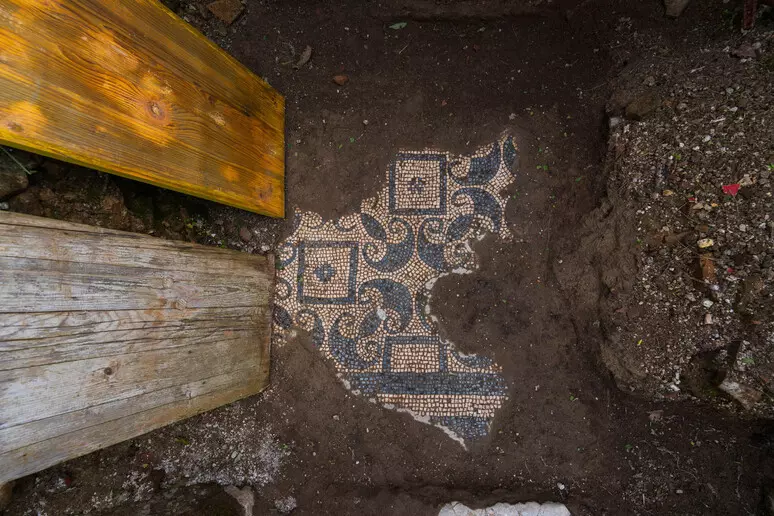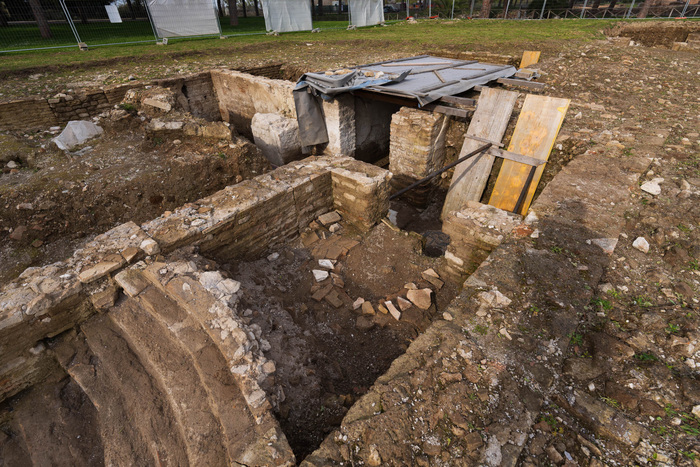Excavations conducted in the Ostia Antica Archaeological Park in June and August 2024, in collaboration with the University of Catania and the Polytechnic University of Bari, have revealed a structure identified by archaeologists as a Jewish ritual bath, namely a Mikveh dating back to the third century AD that was used for physical and spiritual purification and change of religious status. According to experts, it is probably the oldest Mikveh ever found outside the land of Israel, and sheds new light on the Jewish Diaspora. The discovery, which was announced and officially presented on March 10 at the Ostia Excavations, offers new avenues of study and insights into the history of communities during the time of the Roman Empire.
As Culture Minister Alessandro Giuli points out, the presence of this find “reinforces the historical awareness of this place as a true crossroads of coexistence and exchange of cultures, a cradle of tolerance between different peoples who found their union in Roman civilization. It represents a unique example in the Roman-era Mediterranean area outside the Land of Israel and attests to how deeply rooted the Jewish presence was in the heart of Romanity. It is precisely in Ostia that Rome-continues Giuli-welcomes and hosts the original cults of other Mediterranean civilizations, at the moment when, having consolidated its power in Italy, it begins to project itself into the Mare Nostrum. A miscellany of ethnicities and influences, along with the two monotheistic religions of the time, testifies to how ecumenical and universal Rome was.”

Over the course of the research, numerous historical artifacts and documents have been examined that indicate Ostia was home to a great diversity of religions and ethnicities during the time of the Empire. Recently, archaeologists have shown that community presence included a thriving Jewish community whose presence is attested by the remains of a large synagogue, among other things.
Nevertheless, some in the international archaeological community are waiting for more evidence before definitively identifying it as a mikveh. L. Michael White, director of excavations of the Ostia synagogue area, pointed out to the New York Times that similar baths were common in the Roman world. Jodi Magness of the University of North Carolina at Chapel Hill also has some doubts about this.
However, Alessandro D’Alessio, director of Ostia Antica Archaeological Park said, “We believe the building dates back to the first half of the third century AD based on the mosaics we found.”











